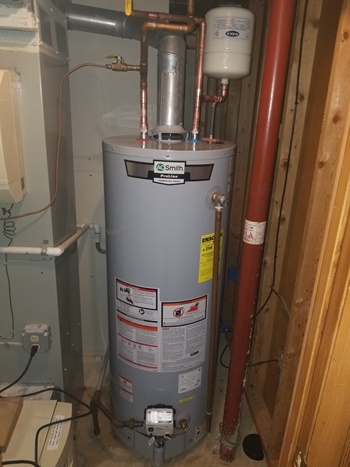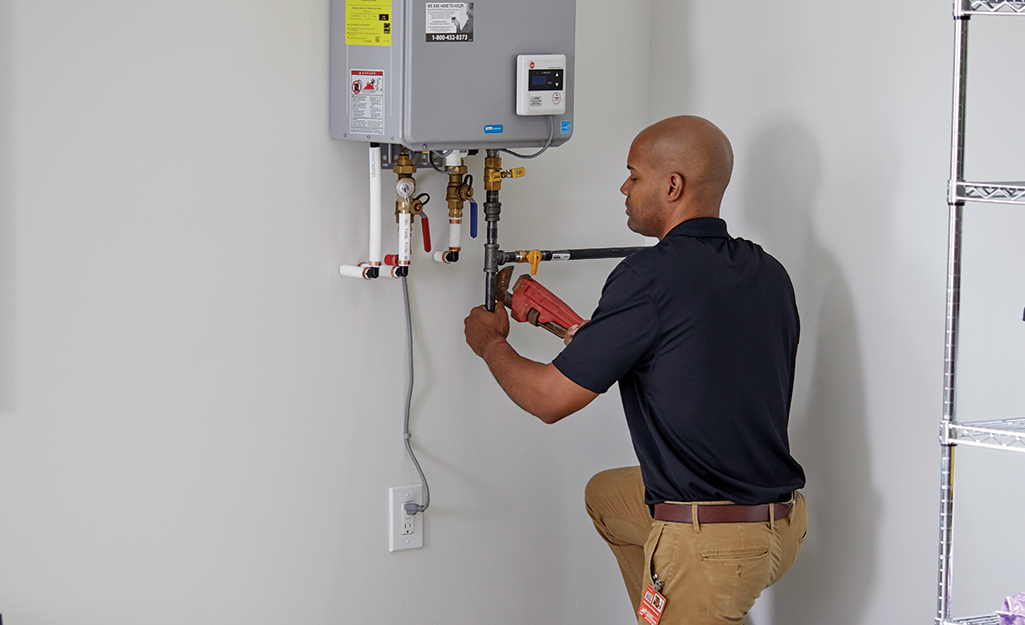Here down the page you can locate a lot of great advice when it comes to How to Maintain Your Water Heater & Prolong its Life.

Hot water is vital for day-to-day comfort, whether it's for a refreshing shower or cleaning dishes. To guarantee your warm water system runs successfully and lasts much longer, routine upkeep is key. This post provides useful ideas and understandings on how to preserve your home's hot water system to avoid disruptions and expensive repairs.
Introduction
Preserving your home's hot water system may appear daunting, but with a couple of simple steps, you can guarantee it operates efficiently for several years to come. This guide covers whatever from understanding your hot water system to do it yourself upkeep tips and recognizing when to call in expert help.
Relevance of Maintaining Your Hot Water System
Normal maintenance not just extends the life expectancy of your warm water system but additionally guarantees it runs successfully. Disregarding maintenance can bring about decreased effectiveness, greater energy costs, and even premature failing of the system.
Indications Your Hot Water System Needs Upkeep
Understanding when your warm water system requires interest can stop major concerns. Look out for signs such as inconsistent water temperature, odd noises from the heating system, or rusty water.
Flushing the Water Heater
Flushing your water heater removes sediment accumulation, enhancing efficiency and prolonging its life.
Checking and Replacing Anode Rods
Anode poles prevent corrosion inside the storage tank. Evaluating and replacing them when worn out is critical.
Facility Concerns Requiring Specialist Aid
Examples consist of significant leaks, electrical problems, or if your water heater is consistently underperforming.
Regular Professional Upkeep Perks
Specialist maintenance can consist of extensive assessments, tune-ups, and guaranteeing conformity with security standards.
Evaluating and Changing Temperature Settings
Readjusting the temperature level settings ensures optimum performance and safety and security.
DIY Tips for Maintenance
You can perform several upkeep tasks on your own to keep your hot water system in leading problem.
Checking for Leakages
Frequently evaluate pipes and links for leaks, as these can cause water damages and higher bills.
Recognizing Your Hot Water System
Prior to diving into maintenance jobs, it's handy to understand the basic elements of your warm water system. Usually, this consists of the water heater itself, pipes, anode rods, and temperature level controls.
Month-to-month Maintenance Tasks
Routine month-to-month checks can aid catch minor issues before they rise.
Testing Pressure Relief Valves
Checking the stress relief valve guarantees it operates correctly and avoids extreme stress build-up.
Shielding Pipes
Protecting warm water pipelines reduces heat loss and can save energy.
When to Call an Expert
While do it yourself maintenance is helpful, some concerns call for specialist knowledge.
Final thought
Routine upkeep of your home's hot water system is important for performance, longevity, and cost savings. By following these tips and knowing when to seek specialist aid, you can make certain a reputable supply of warm water without unanticipated disturbances.
How to Maintain an Instant Hot Water Heater
Before tinkering with your hot water heater, make sure that it’s not powered on. You also have to turn off the main circuit breaker and shut off the main gas line to prevent accidents. Also turn off the water valves connected to your unit to prevent water from flowing into and out of the appliance. 2. When you’re done, you have to detach the purge valves’ caps. These look like the letter “T” and are situated on either side of the water valves. Doing so will release any pressure that has accumulated inside the valves while at the same time avoid hot water from shooting out and burning your skin. 3. When the purge valves’ caps are removed, you have to connect your hosing lines to the valves. Your unit should have come with three hoses but if it didn’t, you can purchase these things from any hardware or home repair shops. You can also get them from retail stores that sell water heating systems. Read the user’s manual and follow it to complete this task properly. When the hosing lines are connected, open the purge port’s valves. 4. You should never use harsh chemical cleaners or solutions when cleaning your unit. Make use of white vinegar instead. It should be undiluted and you’ll probably use about 2 gallons. 5. Now flush your water heater. This task should probably take about 40 minutes. We can’t give you specific directions for this because the procedure is carried out depending on the type, model and brand of your heater. With that being said, refer to the user’s manual. 6. When you’re done draining the unit, you have to turn off the purge port valves again. Remove the hosing lines that you earlier installed on each of the water valves. Put the valve caps (purge port) back in their respective places and be very careful so as not to damage the rubber discs that are found inside these caps. 7. Now that everything’s back in place, check your user’s manual again to find out how to reactivate your water heating system. 8. Once it is working, turn one of your hot water faucets on just to let air pass through the heater’s water supply pipes. Leave the tap on until water flows smoothly out of it. https://www.orrplumbing.com/blog/2014/september/how-to-maintain-an-instant-hot-water-heater/

I came across that piece on Tips on Maintaining a Water Heater when doing a search on the web. Enjoyed our write-up? Please quickly share it. Let another person locate it. We treasure reading our article about How to Maintain a Hot Water Heater in a Few Simple Steps.
Check It Out